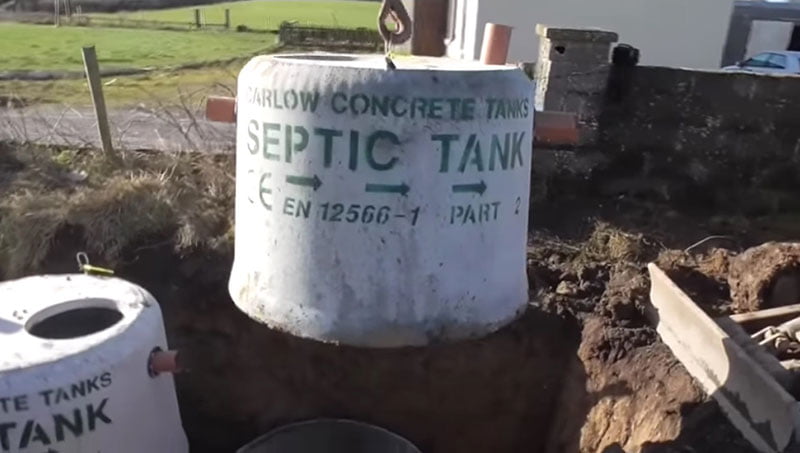Whether you are just recently installed a septic system, have purchased a home with a septic system or have one on site on your property for many years, you need to take ownership for ensuring you have some knowledge about how the system works. There are experts available to resolve issues and carry out maintenance but a little knowledge goes a long way.
Being able to identify potential problems with septic tanks as soon as possible as well as understanding how to prevent blockage can save you a lot of money on costly repairs. It can also spare your family from any nasty odours occurring as a result of a serious issue.
You don’t have to dust off the system manual that you could never quite get your head around or start trawling through technical brochures and information sheets online. You just need to get to grips with some essential basic knowledge about septic systems:
Understand What Should Not Enter The System
Your septic system cannot tolerate and break down any other materials apart from toilet paper or human waste. You will need to ensure that female hygiene products, nappies and baby wipes are never flushed down the toilet as these are key culprits of blockage in a septic tank unit. Washing grease and chemicals down the sink can also clog your system as well as contaminating nearby soil and groundwater so this should also be avoided.
Monitor the Scum Levels
Scheduled visits every 1-5 years (depending on tank size and usage) from your local septic system cleaning and inspection team will ensure that scum levels do not reach critical levels. However, you should always conduct your own inspections every 6 months as scum levels may surge significantly if there is an issue with your tank or if your household increases their wastewater output.
If the bottom scum layer is within 6 inches of the bottom or if the top of the sludge is within 12 inches of the T-shaped outlet (which prevents scum from exiting the tank), you will need to immediately request a septic tank de-sludge.
Do not Heavily Obstruct The System
Your septic system should be clearly identifiable. If you don’t want it to be visible, decorate the area with some plant pots but do not place any heavy objects on the top of the surface such as fountains or concrete blocks.
After all, your septic tank systems will have to be cleaned and maintained and such heavy items would prove difficult to be frequently moving about each time. Do not drive over the area – even in a garden lawnmower if possible.
Know the Signs of System Failure
When it comes to septic systems, the quicker an issue can be remedied, the less costly and significant the solution required. Know how to spot the signs of a potential problem. Common warning signs include sewage back-up in your home, undesirable odours emitted from the area surrounding the tank, a damp percolation field, puddles of water around the tank area, slow flushing or non-flushing toilets, gurgling pipes and slow drains can all be indicators of issues with your septic system.
Owning a septic tank is like owning a car; you don’t need to be a mechanical expert, but you do need to know how to interpret warning signs and ensure adequate upkeep!


We have a red flashing light on the pump housing what does this mean?